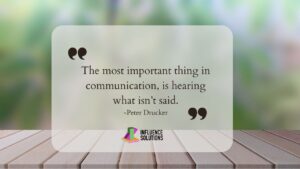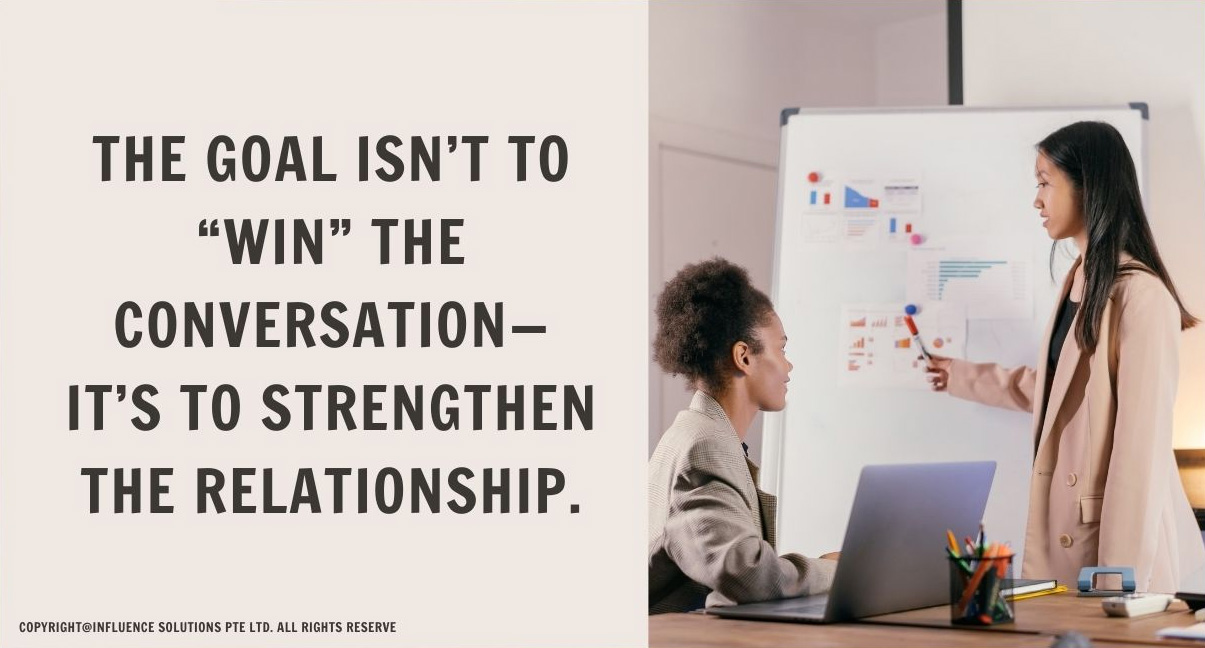Happy April!
To support you in being F.I.R.S.T. (Future-Ready. Innovative. Relevant. Strategic. Trusted.), here’s 1 tip and 1 quote.
The F.I.R.S.T. Tip
Think about a conversation you’ve been putting off.
Maybe it’s a colleague who keeps missing deadlines, and you’re unsure how to bring it up without sounding critical. Or a client with ever-changing expectations, making it hard to stay on track. Perhaps it’s a teammate whose communication style clashes with yours, leaving you feeling unheard or frustrated.
What’s stopping you from having that conversation?
Maybe you worry it will turn into an argument. Or that the other person will take it personally. Or perhaps you just don’t know how to say what you need to say—so you keep postponing it, hoping the issue resolves itself.
But here’s the thing: Avoiding a difficult conversation doesn’t make the problem go away—it just makes it harder to solve.
So how do you navigate these moments without escalating tensions or damaging relationships?
1. Focus on the Situation, Not the Person
When emotions run high, it’s easy to point fingers. But have you ever noticed how people shut down the moment they feel blamed?
Think about a time when someone said, “You’re not listening.” How did it make you feel? Defensive? Frustrated? Misunderstood?
Now, imagine they said, “I want to make sure we’re on the same page. Can we go over this part again together?”
A small shift, but a powerful one.
Instead of saying: ❌ “You never listen to my ideas.”
Try: ✅ “I noticed some ideas don’t get acknowledged in our meetings. How can we make sure different perspectives are considered?”
By focusing on the situation, you invite problem-solving instead of defensiveness. You shift from “me vs. you” to “how can we fix this together?”
2. Start with a Common Goal
Before speaking, ask yourself: What outcome do I want from this conversation?
Most people focus on what they need to say. The most effective communicators start with what both sides need to achieve.
Set the tone with a shared goal:
✔️ “I know we both want this project to succeed. How can we stay aligned?”
✔️ “I really value working with you. Let’s find a way forward that works for both of us.”
This signals collaboration instead of confrontation, making the other person more open to listening.
3. Pause, Breathe, and Listen
Even with the best approach, emotions can rise. You may say something with good intentions, but the other person reacts defensively. What do you do?
Instead of reacting immediately, pause. Take a breath. Respond thoughtfully instead of emotionally.
Try these steps:
- Acknowledge – “It sounds like you feel left out of the decision-making process.”
- Clarify – “Can you tell me more about what would help you feel included?”
- Reframe the focus on solutions – “How can we make this work better moving forward?”
When people feel heard, they are far more likely to work with you—not against you.
From Awareness to Action
Think back to that conversation you’ve been avoiding.
Can you shift from blame to focusing on the situation? Can you open with a shared goal instead of jumping into the issue? Can you slow down and listen instead of rushing to respond?
Difficult conversations don’t have to feel like battles. They can be opportunities to build trust, create alignment, and strengthen relationships.
Coming Next: In our next edition, we’ll explore how to handle feedback (giving & receiving) with confidence—without the awkwardness.
The F.I.R.S.T. Quote







